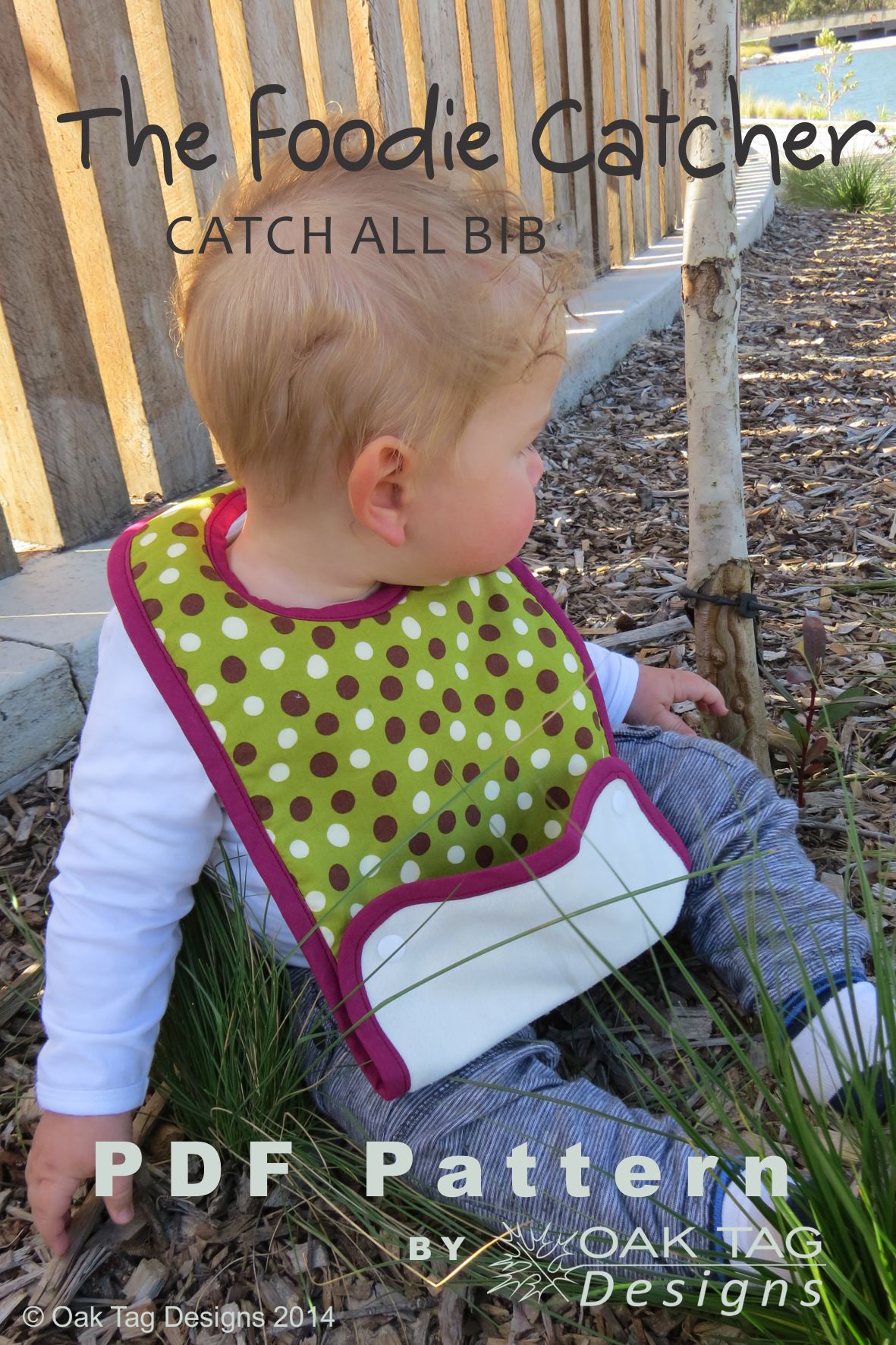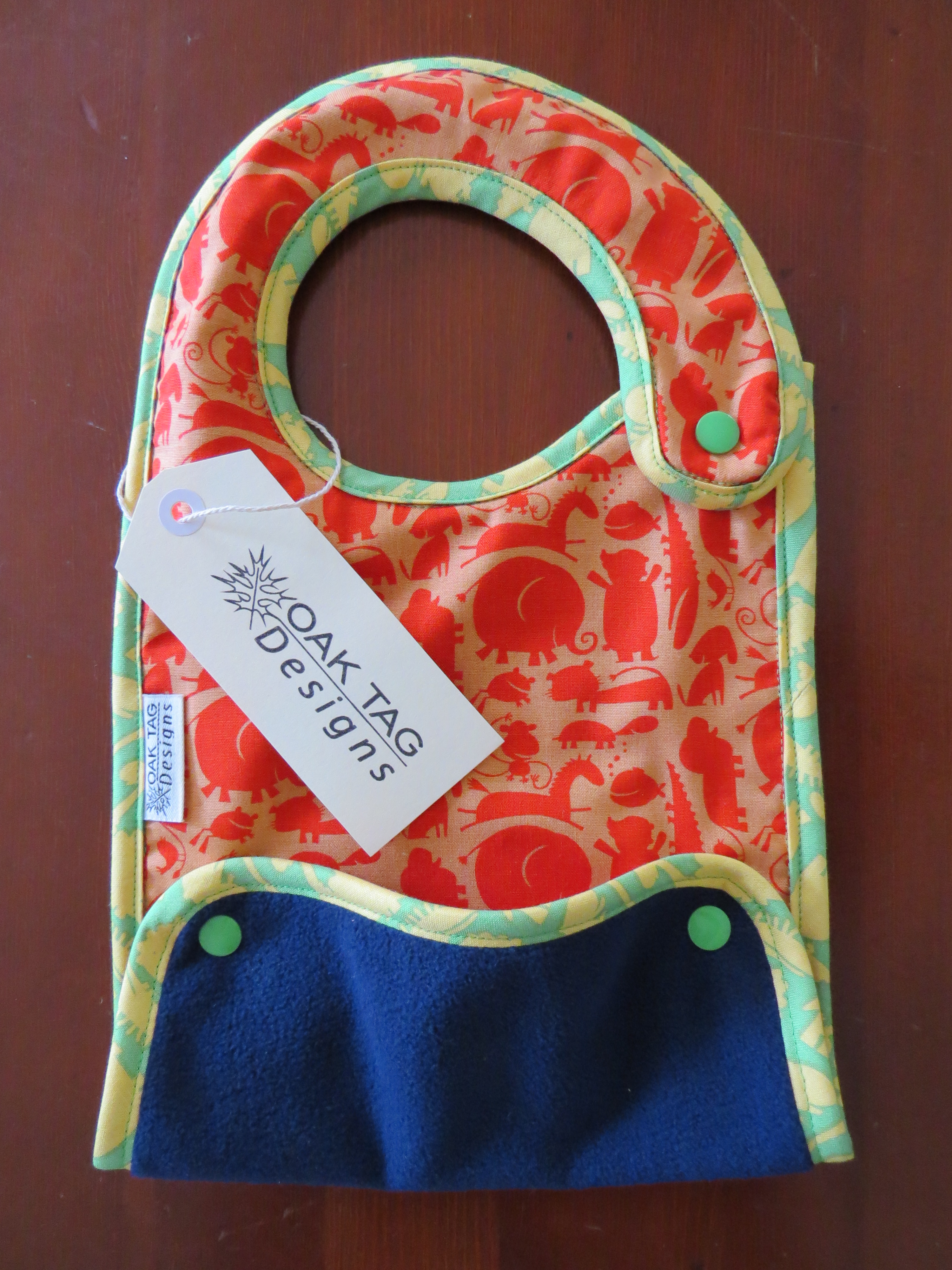
This wetbag doesnt require any fancy sewing, and nothing more than a regular sewing machine. They can be used to store cloth nappies, face washers, wipes or wet bathers. Once you have mastered one, they are very quick to sew up.
When I was pregnant with my second bub, and dare I say it, money was tight after I run up the back of someone in the car :/, I made wetbags and sold them online. I sold a few other cloth nappy products I sewed myself, but wetbags sold like hotcakes. Once the bub was born, I stopped doing them. From time to time, I would have friends ask to make them some, usually because they were finding it hard to purchase some! So when I made some recently, I thought, its high time that I did a tutorial to help others make their own, or as gifts.
The first things you need to think about are your materials. I am going to say it now, and probably just repeat it again.. everything NEEDS to be polyester. Think a cotton PUL/zip/applique/handle/thread is cute/in a nice colour/on sale? NO. Dont do it. It is very likely to wick around, and become wet. Please trust me on this one, and dont waste your energy and materials. So with that in mind, let the cute (polyester, hehe) fabrics catch your eye!
- A large rectangle of polyester PUL (ideally 5ocm in length, and whatever width desired)
- Polyester thread
- Zip slightly shorter in length than width of PUL
- Small offcut of FOE approx. 20cm (optional if handle required)

For ease of making multiples, I use a 50 cm length and then line the zips up across the top and cut downward, as shown in the photo above.

Here are the two cut out with the zips and FOE I planned to use as the straps.

First take to the sewing machine with the FOE. Zig zag the FOE down the length of it.

Next, line the zip up right side down (onto the right side of the fabric) as shown and use a nice skinny foot on the machine and sew a straight stitch down. I have made a habit of sewing another line down closer to the raw edge. The reason evades me now, so Im going to go with being meticulous!

Next fold the wet bag in half to make the right sides in and repeat for the other edge of the zip.



Next to put the strap in while sewing the side seams…
- Keeping the wetbag inside out, place the FOE in it as shown in the 1st photo above. Then fold the top of the wetbag down onto the FOE, so that the zip is around 5cm down from the top.
- Make sure you flip the zip back up, so the PUL is folded back on itself (see how the zip is sitting in the 2nd photo). Next bring the bottom half of the zip up to meet the top half (as you can see in the 2nd photo). Next pin down the side edge (close to the edge so you dont create holes in the bag) all the way to the bottom. This is important as sometimes when using PUL, the top layer may stretch while the bottom doesnt (just the way the machine feeds it through), creating a puckered look. By pinning, it keeps it even to ensure this doesnt happen. Next sew firmly down the side seam close to the end of the zip. Be sure to sew back and forth at the corners, so you dont have the seams unravelling later.
- When you have sewn the inside seam, fold the seam back, like in the 3rd photo. Cut the strap excess off, and continue to sew another seam further out towards the edge. This creates a double seam for strength, and to help prevent any leakings! (Also, I like the way in encases the strap.!)
- Repeat the double seam down the other side of the wetbag. And for my red hot tip: leave the zip a bit open so you can turn it in the right way when you are done. Lesson learnt here, haha!
And then you are all done!!



























